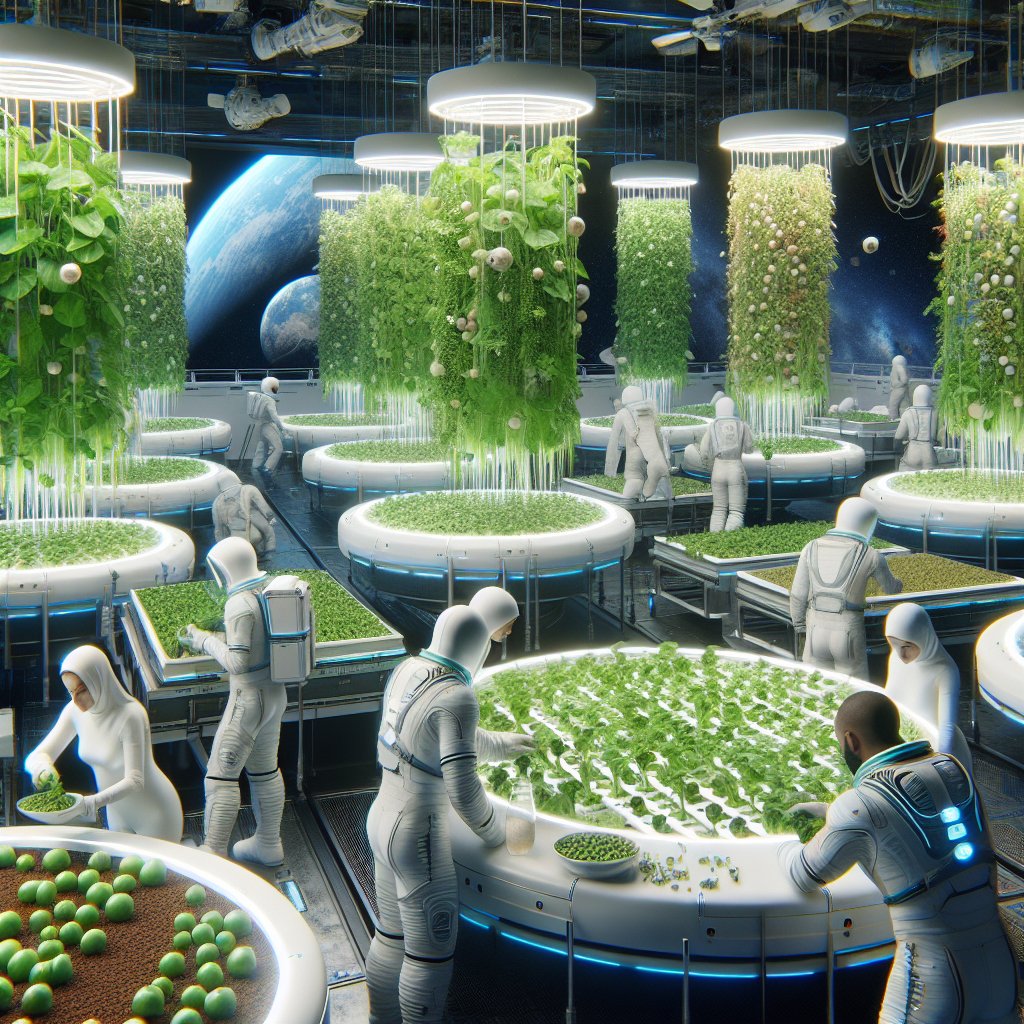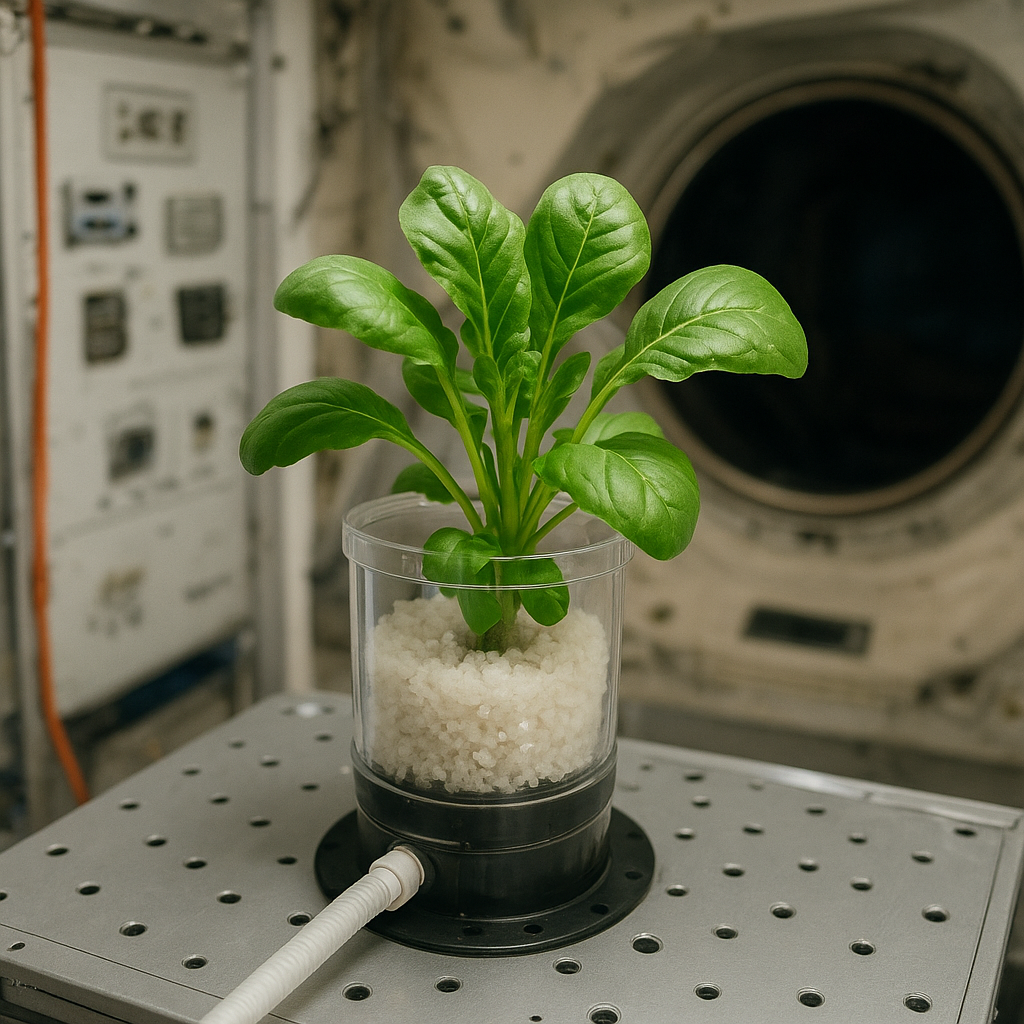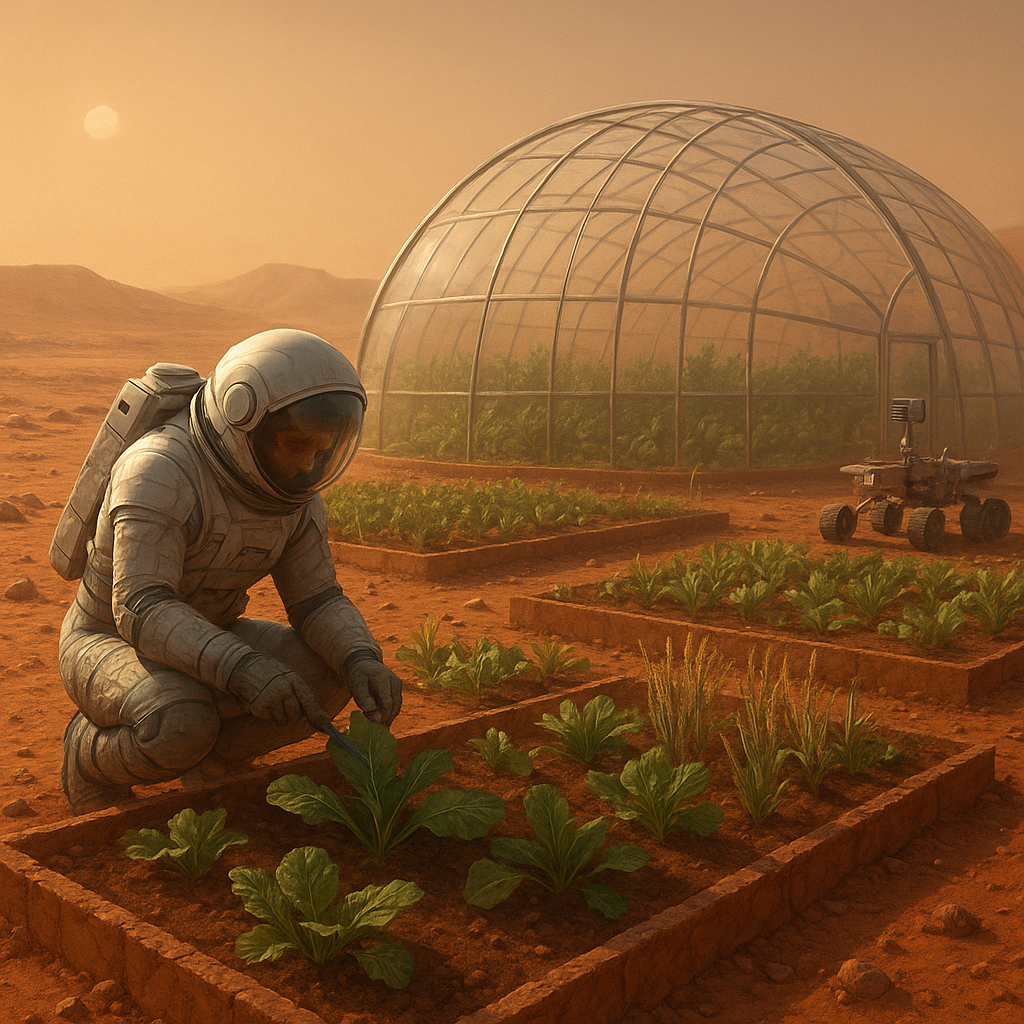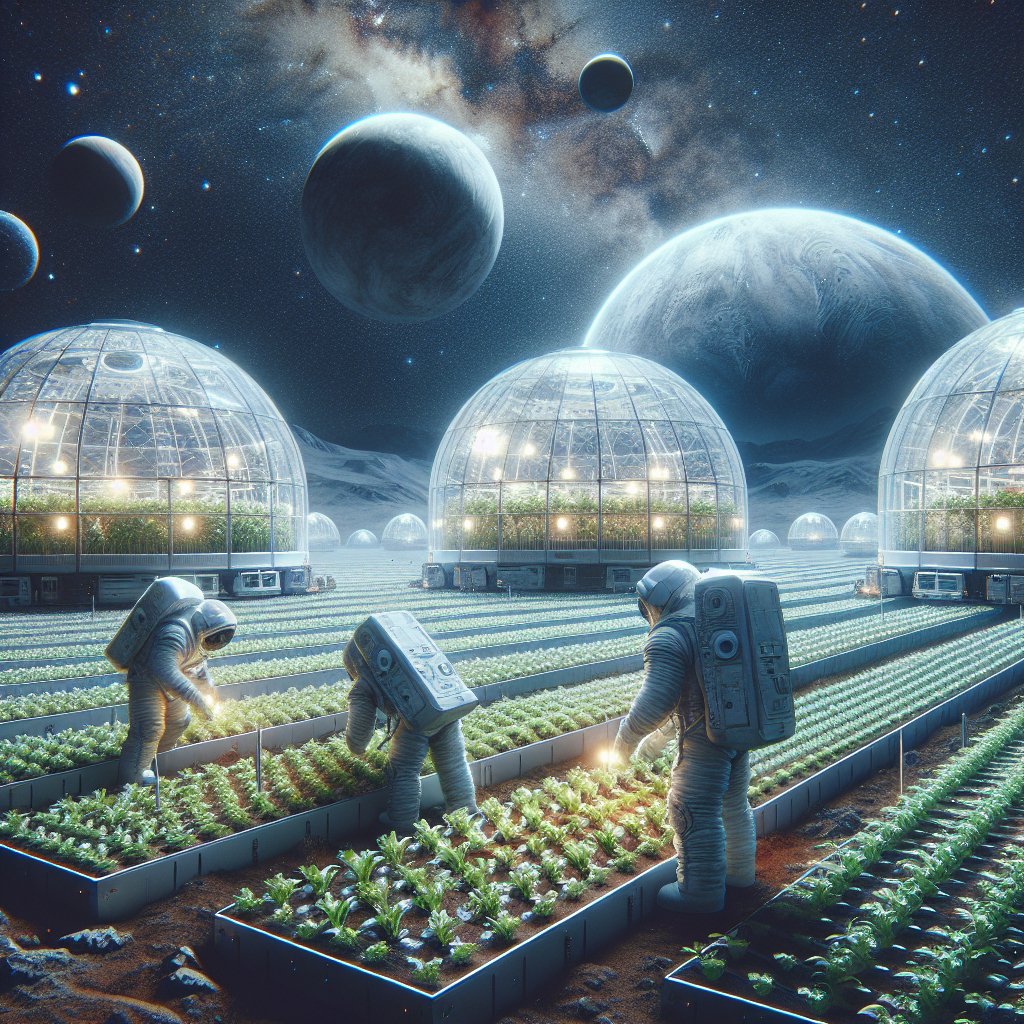The future of plant-based protein production in space holds immense potential for addressing food security and sustainability challenges both on Earth and beyond. As humanity embarks on ambitious missions to explore Mars and establish permanent settlements on the Moon, the need for efficient and sustainable food sources becomes increasingly critical. This article delves into the innovative approaches being developed for cultivating plant-based proteins in extraterrestrial environments, examining the technological advancements, challenges, and implications for future space exploration.
Understanding the Importance of Plant-Based Proteins in Space
As space missions extend in duration and complexity, the traditional methods of food production and supply become impractical. The reliance on pre-packaged meals not only poses logistical challenges but also raises concerns about nutritional adequacy and food variety. Plant-based proteins emerge as a viable solution, offering numerous benefits for astronauts and future space colonists.
Nutritional Benefits
Plant-based proteins are rich in essential nutrients, including vitamins, minerals, and fiber, which are crucial for maintaining health during long-duration space missions. Unlike animal-based proteins, which can be resource-intensive to produce, plant proteins require significantly less water and land, making them an environmentally friendly option. Furthermore, they can be cultivated in controlled environments, reducing the risk of spoilage and waste.
Environmental Sustainability
As the global population continues to grow, the demand for sustainable food sources becomes increasingly urgent. The cultivation of plant-based proteins in space not only addresses the immediate needs of astronauts but also serves as a model for sustainable agriculture on Earth. By utilizing hydroponics, aeroponics, and other innovative farming techniques, we can minimize resource consumption and reduce our ecological footprint.
Technological Innovations in Space Agriculture
The development of advanced agricultural technologies is essential for successful plant-based protein production in space. Researchers and engineers are exploring various methods to optimize plant growth in microgravity and other challenging conditions. These innovations include the use of artificial lighting, nutrient delivery systems, and automated monitoring to ensure optimal growth conditions.
Hydroponics and Aeroponics
Hydroponics and aeroponics are two of the most promising methods for growing plants in space. Hydroponics involves growing plants in a nutrient-rich water solution, while aeroponics uses a mist of nutrients to nourish the roots. Both methods require significantly less water than traditional soil-based agriculture and can be implemented in compact, modular systems suitable for spacecraft and lunar habitats.
LED Lighting Systems
In the absence of natural sunlight, artificial lighting becomes crucial for plant growth in space. LED lighting systems are being developed to provide the optimal light spectrum for photosynthesis while minimizing energy consumption. These systems can be tailored to the specific needs of different plant species, ensuring efficient growth and high yields.
Challenges and Solutions in Space Farming
Despite the promising advancements in space agriculture, several challenges remain. The unique conditions of microgravity, limited resources, and the psychological effects of long-duration missions pose significant hurdles to successful plant-based protein production.
Microgravity Effects on Plant Growth
Plants rely on gravity to orient themselves and distribute nutrients effectively. In microgravity, the lack of gravitational pull can lead to abnormal growth patterns and hinder nutrient uptake. Researchers are investigating the use of artificial gravity and other techniques to mitigate these effects, ensuring that plants can thrive in space environments.
Resource Limitations
Space missions are constrained by limited resources, including water, energy, and space for cultivation. Developing closed-loop systems that recycle water and nutrients is essential for maximizing efficiency. Additionally, utilizing waste products from astronauts, such as carbon dioxide and organic waste, can create a sustainable cycle that supports plant growth.
The Role of Research and Collaboration
Collaboration between space agencies, universities, and private companies is vital for advancing the field of space agriculture. Ongoing research projects, such as NASA’s Veggie experiment aboard the International Space Station (ISS), provide valuable insights into plant growth in microgravity and help refine cultivation techniques.
International Space Station Experiments
The ISS serves as a unique laboratory for testing agricultural methods in space. Experiments conducted on the ISS have demonstrated the feasibility of growing various crops, including lettuce, radishes, and mustard greens. These studies not only contribute to our understanding of plant biology in space but also inform future missions to Mars and beyond.
Private Sector Innovations
Private companies are also playing a crucial role in the development of space agriculture technologies. Startups focused on vertical farming, hydroponics, and biotechnology are exploring innovative solutions that can be adapted for use in space. By leveraging advancements in technology and sustainable practices, these companies are paving the way for a new era of food production in extraterrestrial environments.
Implications for Future Space Exploration
The successful cultivation of plant-based proteins in space has far-reaching implications for future exploration missions. As we aim to establish permanent settlements on the Moon and Mars, the ability to produce food locally will be essential for sustaining human life. This not only reduces the need for resupply missions from Earth but also enhances the overall feasibility of long-term space habitation.
Supporting Human Health and Well-Being
Access to fresh, nutritious food is vital for the physical and mental well-being of astronauts. The ability to grow plant-based proteins in space can improve morale and provide a sense of normalcy during long missions. Furthermore, incorporating a diverse range of crops can enhance the overall diet, reducing the risk of nutritional deficiencies.
Inspiring Sustainable Practices on Earth
The innovations developed for space agriculture can also inspire sustainable practices on Earth. As we face increasing challenges related to climate change, resource depletion, and food security, the lessons learned from cultivating plants in space can inform more sustainable agricultural practices. By adopting technologies such as hydroponics and vertical farming, we can create resilient food systems that benefit both people and the planet.
Conclusion
The future of plant-based protein production in space is not just a matter of feeding astronauts; it represents a paradigm shift in how we approach food production in extreme environments. As we continue to explore the cosmos, the advancements made in space agriculture will have profound implications for both space exploration and sustainable practices on Earth. By investing in research, collaboration, and innovative technologies, we can pave the way for a future where food security is achievable, both on our home planet and beyond.




